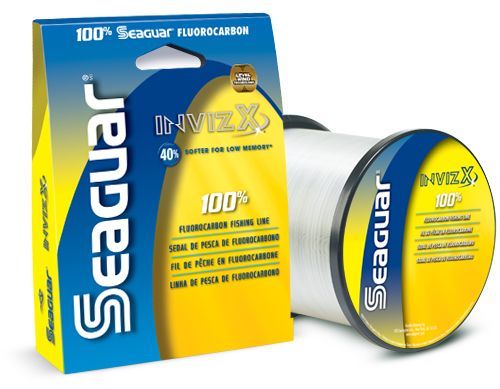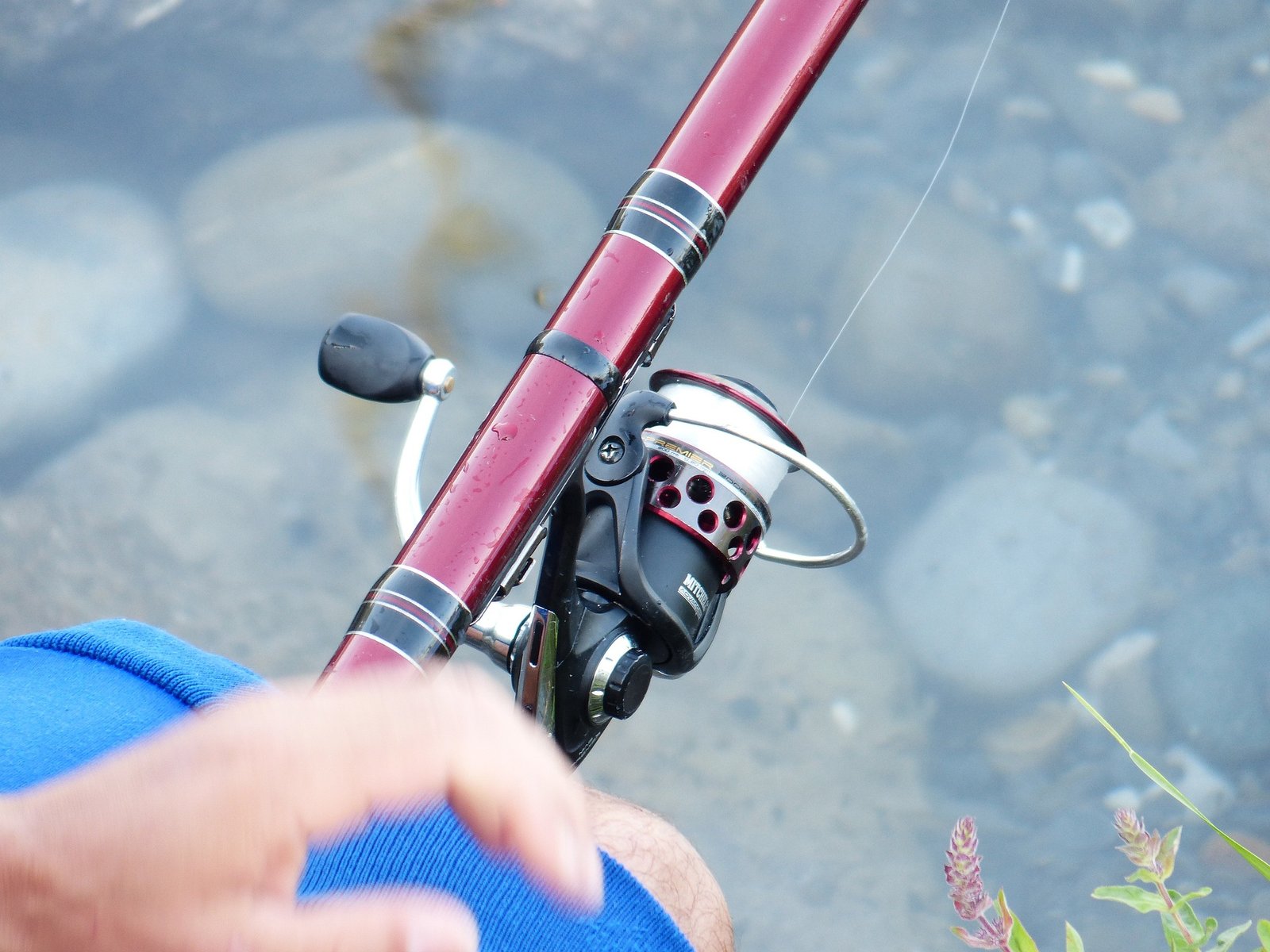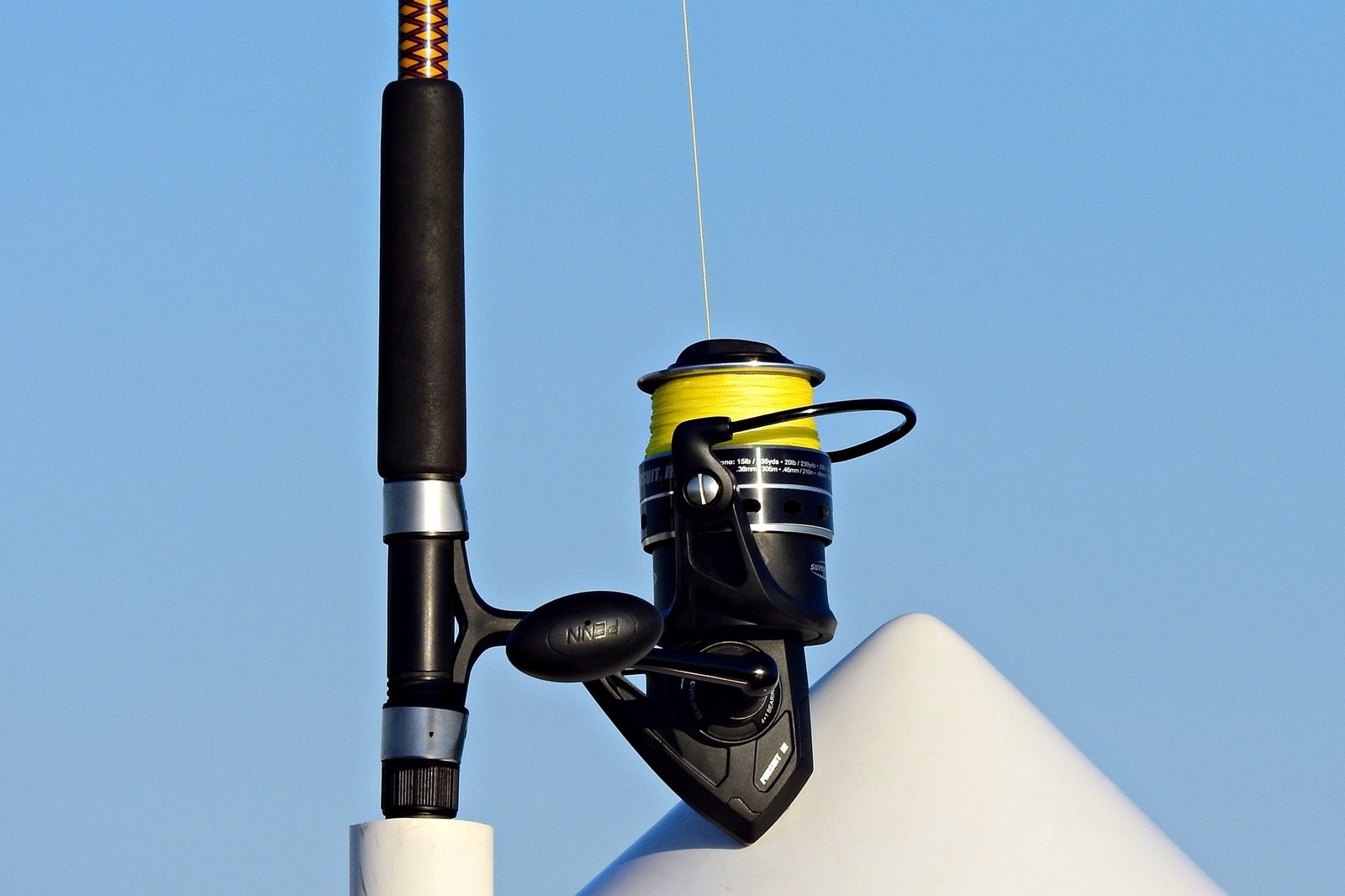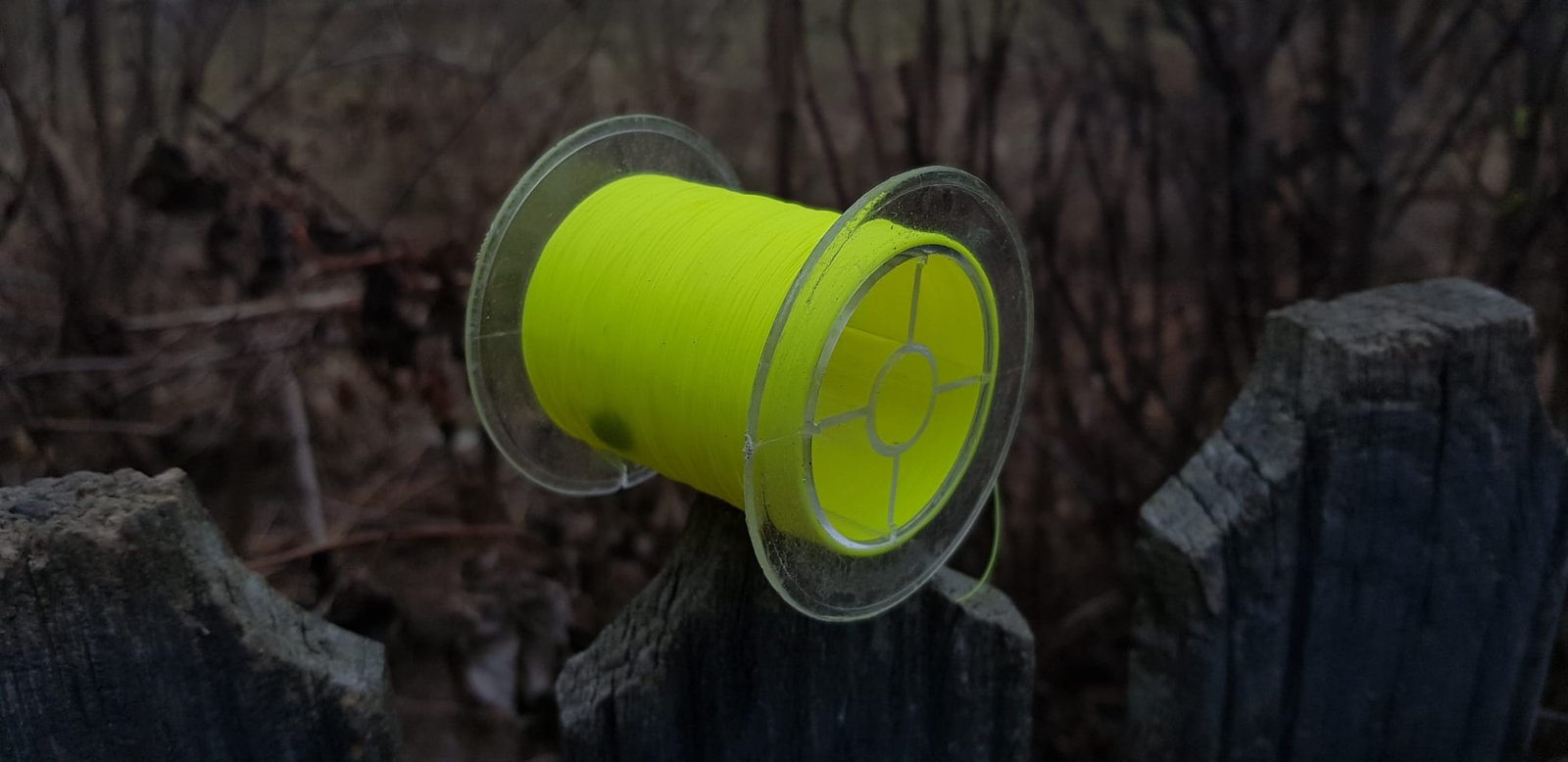
Pike are intelligent fish with excellent eyesight, so you can imagine that the line you choose can make or break your pike trips.
They also have some pretty sharp teeth, so you need a line that can resist the sudden attacks of these fish.
To put everything in one sentence, you need a strong, low-visibility line. It also needs to be abrasion-resistant, to withstand teeth and the weeds you’ll often fish in.
Now that you know what line suits pike fishing the best, let’s dive in and see the top lines for northern pike.
Note: To completely stop pike from cutting your line, using a metal leader is the best way to go fishing. It may not be as fine and subtle as a fluorocarbon leader, but the trade-off is equal. Titanium is a strong material that will last a lot of time, unlike steel which tends to get flaky and rust after extended use. They’re a must for larger pike.
Advantages of Every Type of Line
There are three different types of fishing lines available in the market, each with its own set of advantages and characteristics. In this section, I will discuss the main types of fishing lines that are commonly used for pike fishing: braided line, monofilament line, and fluorocarbon line.
Braided Line Advantage
Braided lines are made of multiple strands of fibers woven together to form a strong, durable line. They have a high strength-to-diameter ratio, which means that they are thinner and stronger than other types of fishing lines.
Braided lines have low stretch, which allows you to detect even the slightest bite. They have high sensitivity, which makes them ideal for fishing in deep waters. They’re the most popular among serious pike anglers.
Monofilament Line Characteristics
Monofilament lines are made of a single strand of nylon or other synthetic materials. They have good knot strength and are easy to handle.
They also have a natural buoyancy, which makes them ideal for topwater fishing.
It’s suited best for fishing with live bait or trolling, because of the stretch. It allows a more natural presentation.
The issue that we all know is the memory. It retains the shape of your spool, but it depends on the quality of it.
Fluorocarbon Properties
Fluorocarbon lines are made of a single strand of fluorocarbon material. They are known for their low visibility in water, which makes them ideal for fishing in clear waters.
Fluorocarbon lines have low stretch, which allows you to feel even the slightest bite. They also have high abrasion resistance, which makes them ideal for fishing around rocks and other structures.
Best Lines for Northern Pike
I’ll keep it short and simple. Here are the best options for each type of line:
Monofilament

The Berkley Trilene Big Game monofilament has good shock resistance, which can be beneficial when dealing with the aggressive strikes of northern pike. Berkley Trilene Big Game offers abrasion resistance and knot strength, making it suitable for pike fishing in various conditions.
See price on:
Braid
))/920580.json)
The PowerPro Spectra Fiber Braid is a popular choice for pike fishing due to its durability, thin diameter, and sensitivity, allowing you to feel even subtle bites. It also has minimal stretch, providing solid hook sets.
See it on:
Fluorocarbon

The Seaguar InvizX Fluorocarbon Fishing Line has excellent clarity underwater, making it nearly invisible to fish. This low visibility is advantageous when targeting northern pike in clear water conditions. It’s sensitive, has low stretch, but the price is the least pleasing.
See price on:
Frequently Asked Questions
What type of fishing line is most resistant to pike’s sharp teeth?
When fishing for northern pike, it’s essential to use a line that can withstand their sharp teeth. Braided lines are the most resistant to pike’s teeth, as they are made of multiple strands of synthetic fibers that are tightly woven together. Braided lines are also highly sensitive, making them ideal for detecting bites from pike. High pound test fluorocarbon is also a good choice.
Is there a preferred pound test strength for targeting northern pike?
The ideal pound test strength for targeting northern pike is between 30-50 pounds. This strength is necessary to handle the size and strength of a pike, as well as to withstand their sharp teeth.
How does braided line perform compared to monofilament for pike fishing?
Braided line is generally preferred over monofilament for pike fishing. Braided lines have superior strength compared to monofilament, making them more resistant to pike’s sharp teeth. Additionally, braided lines are highly sensitive, allowing for better bite detection.
What are the advantages of using fluorocarbon line when fishing for pike?
Fluorocarbon line is virtually invisible underwater, making it an excellent choice for targeting wary pike. Additionally, fluorocarbon line has low stretch, which allows for better hook sets and increased sensitivity. Finally, fluorocarbon line is highly abrasion-resistant, making it an excellent choice for fishing in areas with rocky bottoms.
Can northern pike bite through standard fishing lines, and how can this be prevented?
Yes, northern pike can bite through standard fishing lines, particularly monofilament. To prevent this, it’s essential to use a line that is highly resistant to pike’s sharp teeth, such as a braided line. But, as mentioned above, a metal leader (preferably titanium or wolfram) is the best way to prevent break-offs.
What are the best practices for setting up a pike fishing line to increase catch rates?
To increase catch rates when fishing for pike, it’s essential to use a line that is strong and highly resistant to pike’s sharp teeth. Additionally, it’s important to use a leader that is at least 12 inches long, as this will help prevent pike from biting through your line. Finally, it’s important to use a lure that is designed to attract pike, such as a large spinnerbait or a topwater plug.
As an Amazon Associates member, I might earn a commission when you buy through the links on this page, at no additional cost to you. Thanks for helping me do what I like.




